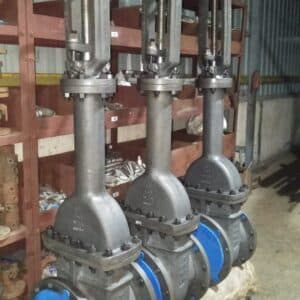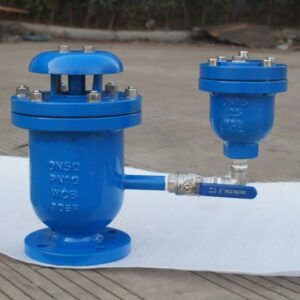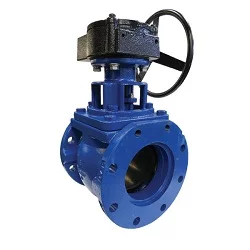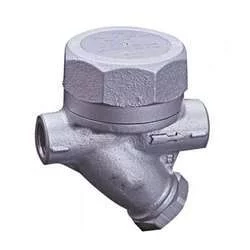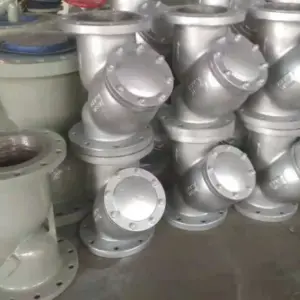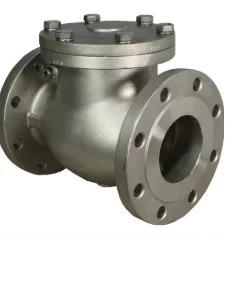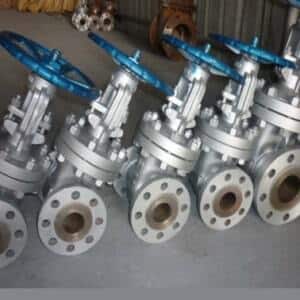Valves Only is prominent manufacturer of high quality industrial valve used to meet various industrial application. Many types of valve- Gate Valve and Knife Gate Valve are two types of valve widely used in industries such as oil and gas, water treatment, pulp and paper and chemical processing. Although used to control the fluid flow, they have various characteristic, mechanism and application.
It is linear motion valve that use wedge shaped gate to control flow of fluid. The gate move up and down perpendicular to flow path allowing either full flow or complete shut. These valve are mainly used in application where minimal pressure drop and unrestricted flow are required.
Working Mechanism of Gate Valve:
Gate valve operate by lifting gate using handwheel or actuator. When valve is fully open, the gate is retracted into valve body, allowing fluid to pass through with minimal resistance. When closed, the gate is pressed tightly against seat, creating strong seal to prevent leakage. These valve are not suitable for throttling as partial opening may cause turbulence and erosion of gate.
Key Part of a Gate Valve:
- Body: The main outer casing of the valve.
- Bonnet: Houses the moving parts and provides a seal.
- Gate: The component that moves up and down to control flow.
- Stem: Connect actuator or handwheel to the gate.
- Seat: Provides a sealing surface for the gate.
- Handwheel/Actuator: Used to operate the valve manually or automatically.
Key Features of Gate Valve:
- Design: Gate valve have robust body with a rising or non rising stem.
- Operation: Operated using handwheel or actuator to raise or lower gate.
- Sealing: Provide tight shut off preventing leakage when fully closed.
- Application: Used in pipeline for water, steam, oil and gas.
- Material: Cast iron, stainless steel, ductile iron and other durable material.
A knife gate valve is a special type of gate valve designed for handling thick fluid, slurry and solid laden liquid. It feature a sharp edged gate that slice through the media, preventing clogging and ensuring smooth operation.
Working Mechanism of Knife Gate Valve:
Knife gate valve operate by moving a thin, sharp edged blade up and down within valve body. When valve is open, the gate is lifted, allowing fluid and solid laden media to pass through easily. When valve is closed, the gate cut through the material and press against the seat, preventing backflow and leakage. These valve are ideal for low pressure application and environment where clogging is a concern.
Key Parts of a Knife Gate Valve:
- Body: The main structure that houses internal components.
- Bonnet: Provide structural support and protection.
- Knife Gate: A sharp edged blade that move up and down to control the flow.
- Stem: Connect the actuator or handwheel to the gate.
- Seat: Ensure sealing when the valve is closed.
- Handwheel/Actuator: Controls the movement of the gate, either manually or automatically.
Key Feature of Knife Gate Valve:
- Design: Has a thin, sharp edged gate that move up and down.
- Operation: Typically operated manually or pneumatically for quick action.
- Seal: Designed to handle the viscous liquid without leakage.
- Application: Used in the industry as treatment of wastewater, mass and paper, mining.
- Material: Stainless steel or other corrosion made of resistant materials.
Gate Valve and Knife Gate Valve difference
- Design and Structure:
- Gate valve have a solid wedge shaped or parallel gate, making them more suitable for liquid application.
- Knife gate valve have sharp edged blade designed to cut through heavy, viscous material and slurry.
- Sealing Mechanism:
- Gate valves provide a better sealing mechanism due to their solid gate and are often used in high-pressure applications.
- Knife gate valves are not designed for high-pressure sealing but excel in applications with solid particles.
- Operation:
- Gate valve require more torque and time to open or close due to their heavy duty structure.
- Knife gate valve operate with less effort and can be automated for quick operation.
- Application and Usage:
- Gate valve are used in water supply system, oil and gas pipeline and general fluid application.
- Knife gate valve are ideal for industry handling slurry, wastewater and bulk material handling.
- Maintenance and Durability:
- Gate valves have a longer service life but require more maintenance due to the complex sealing system.
- Knife gate valves are easier to maintain and replace but may have a shorter lifespan in high-pressure environments.
The benefits of selecting the correct Valve
Selecting the correct valve for an application ensures efficiency, safety and cost -effectiveness. Properly selected valves reduce downtime, prevent leakage and adapt to the system performance. Gate valves are excellent for high pressure applications where full shutdown is required, while the knife gate valves are distinguished in the handling of thick and heavy media. Understanding these differences helps industry avoid operational challenges and enhances overall workflow.
Which Valve to Choose?
The choice between a gate valve and a knife gate valve depends on the application requirements:
- Choose a gate valve if dealing with clean liquids, high-pressure systems, or situations requiring complete shutoff.
- Choose a knife gate valve if handling slurries, thick media, or applications requiring a low-maintenance valve.
Conclusion
Both Gate Valve and Knife Gate Valve find their applications and are suitable for different industrial applications. The valve only offers a wide range of gate with high performance and knife gate valve that are engineers to meet the needs of the industry. If you need high quality industrial valves suitable for your specific requirements. Our experienced employees ensure that each valve is an engineer for maximum efficiency and long -term operation. Contact us today to find the best valve for your industry!
Recent Posts
- What Is a Steam Trap and How Does It Work?
- What Is a Foot Valve and Why Is It Used in Pumping Systems?
- BI-DIRECTIONAL VS. UNI-DIRECTIONAL KNIFE GATE VALVES: WHICH ONE DO YOU NEED?
- WHAT IS A DOUBLE BLOCK AND BLEED BALL VALVE? A COMPLETE GUIDE
- UNDERSTANDING THE DIFFERENT TYPES OF AIR VALVES: SINGLE VS. DOUBLE ORIFICE

